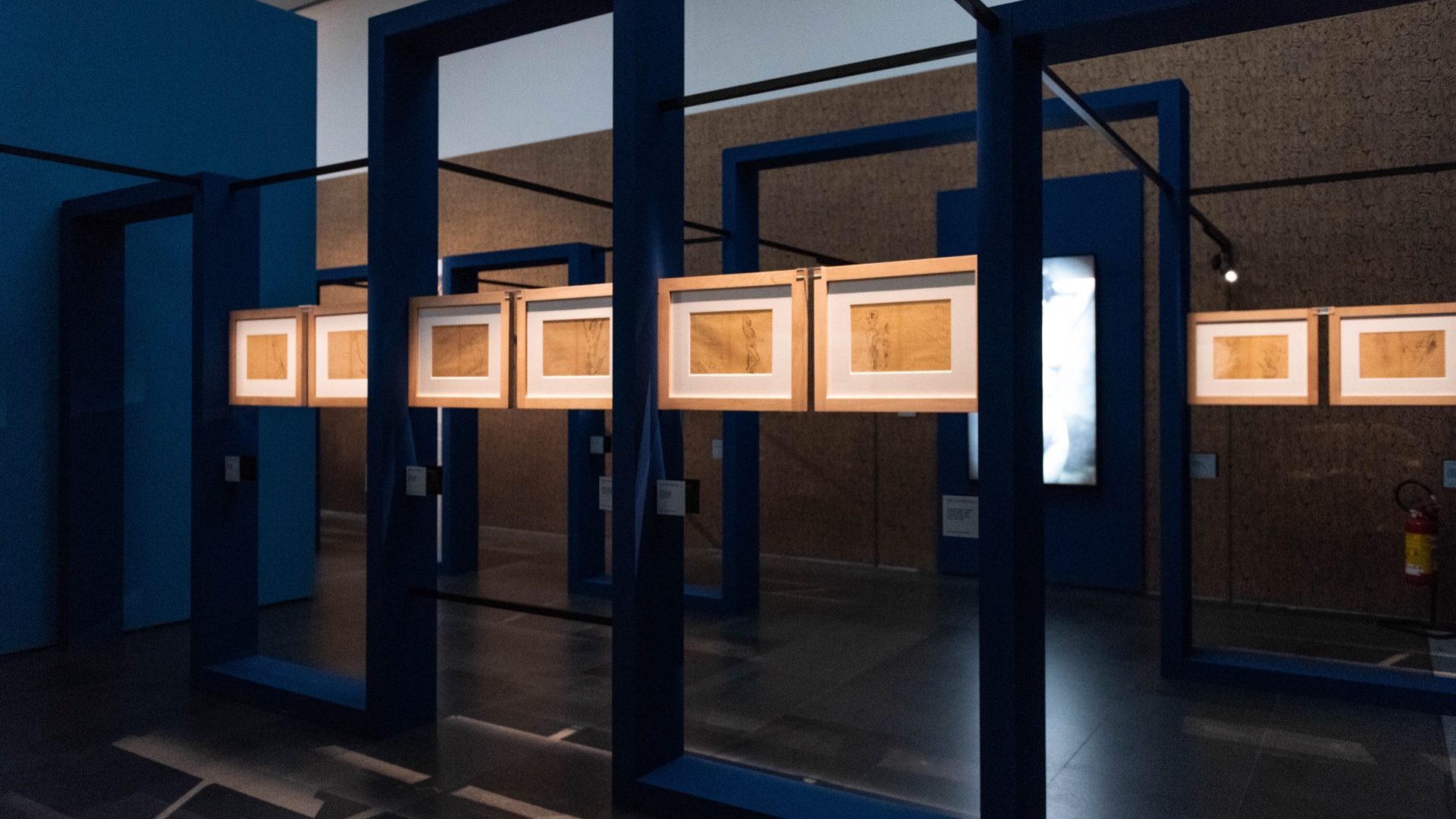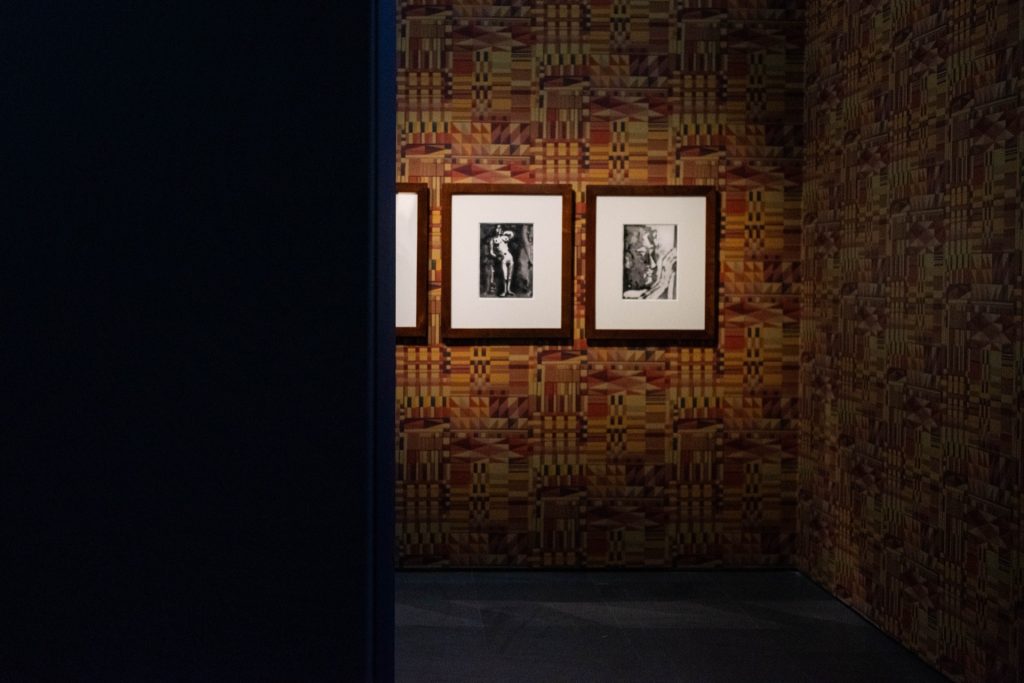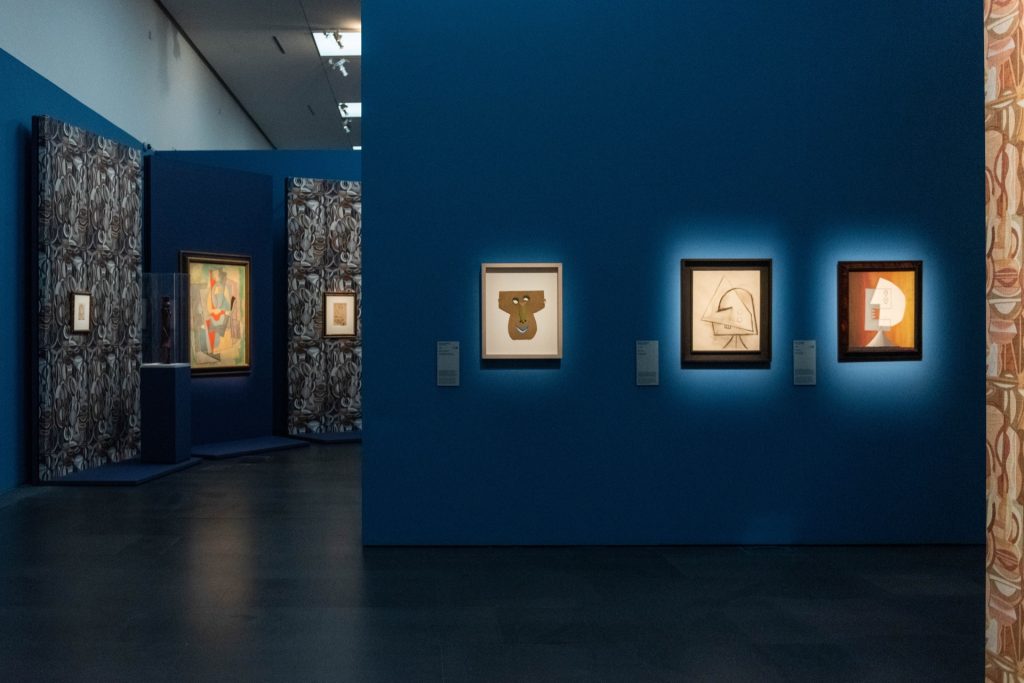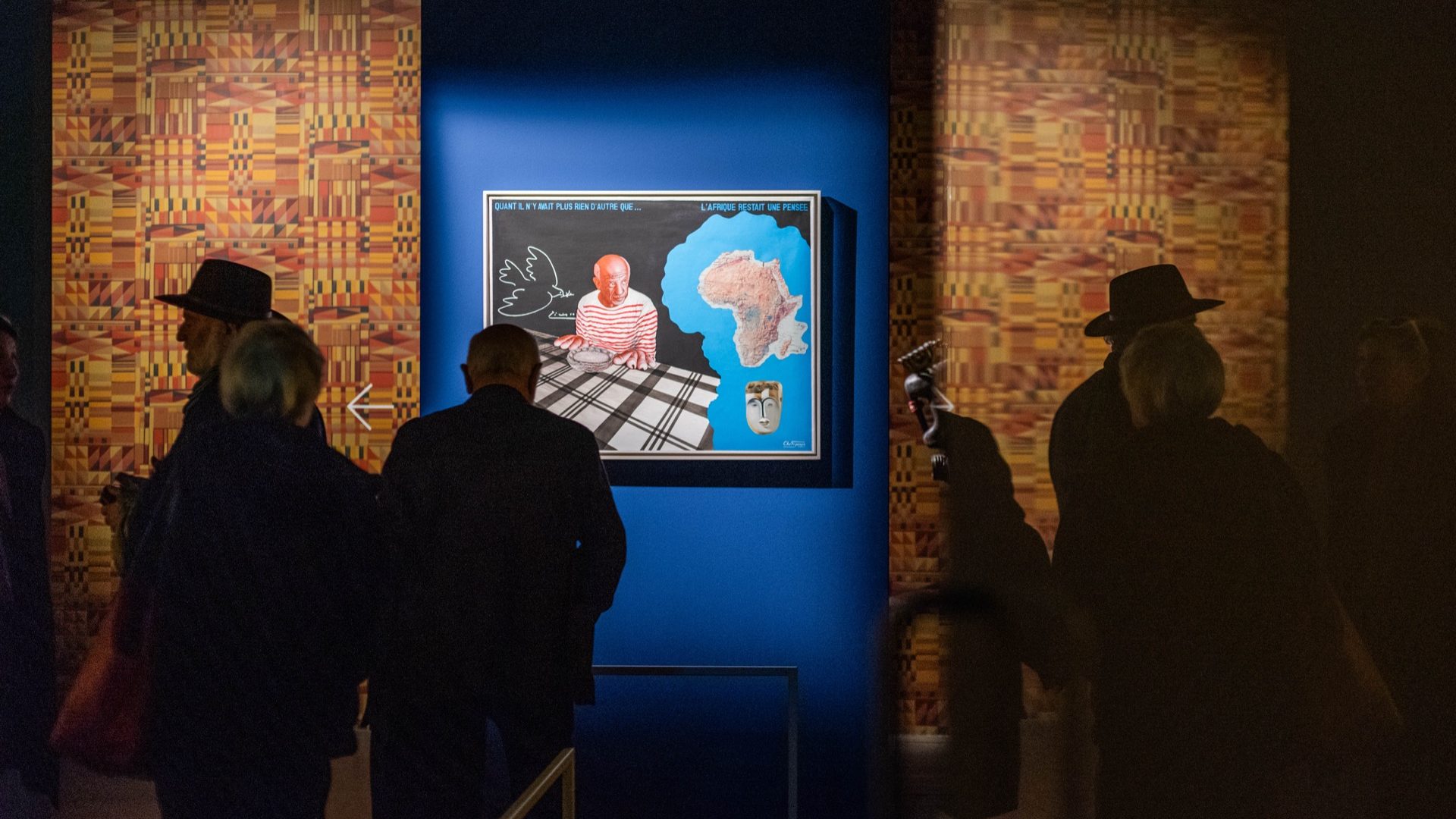Picasso. The metamorphosis of the figure
More than forty works by the Spanish master, including paintings and sculptures, flanked by the extraordinary drawings and preparatory studies for the Demoiselles d’Avignon, form the core of the important exhibition curated by Malén Gual, honorary curator of the Picasso Museum in Barcelona, and Ricardo Ostalé. This prestigious project, hosted at Mudec from February 22 to June 30, 2024, represents a very high-profile event in the international cultural scene.

The exhibition, conceived specifically for the Museo delle Culture venue, offers a unique insight into the profound influence of artistic manifestations from non-European cultures on Pablo Picasso’s work. The choice of Mudec, with its vocation for intercultural dialogue, proves particularly significant for investigating the return to “primitivism” that marks a crucial phase in the artist’s production. Suggestions from ancient cultures such as Egyptian, Iberian and African-often referred to at the time as “black art”-played a decisive role in the formation of Picasso’s revolutionary aesthetic, allowing him to construct new visual and figurative paradigms.
The concept of the “metamorphosis of figures,” the underlying theme of the entire exhibition, highlights the artist’s extraordinary ability to assimilate and transform external influences, reworking them into a personal and innovative language. The dialogue between Picasso’s works and a selected corpus of ancient and ethnographic artifacts from both Mudec’s permanent collection and a number of private collectors underscores the interweaving of past and modernity, offering the public an exhibition experience that fuses art and anthropology in a unique way.
The articulation of the exhibition into five sections allows us to follow the artist’s creative journey through key stages: from the crucial year 1906, marked by the discovery of the arts of other cultures at the Palais du Trocadero ethnographic museum, to the Cubist phase, to the abandonment of geometric representation and the search for a magical essence of form, which accompanied Picasso throughout his career. Through this narrative, the exhibition project highlights how the work of the Spanish master was profoundly shaped by the formal stylistic features and symbolic values inherited from the art of African peoples and non-Western cultures, thus proving to be a tribute to the power of intercultural dialogue in artistic creation.




Beyond the exhibition: between education and lectures
In keeping with our signature multidisciplinary approach, the exhibition was accompanied by a program of educational initiatives aimed at actively engaging the public. Workshops dedicated to observation and experimentation invited participants to explore geometric forms and contemporary themes in Picasso’s work, such as multiculturalism and the relationship with the other.
A series of lectures, organized by the Instituto Cervantes in Milan in collaboration with 24 ORE Cultura and the Embassy of Spain, explored lesser-known aspects of Picasso, including his literary production and relationship with music and dance.
To complement the exhibition’s traditional catalog, 24 ORE Cultura Editore published a monograph edited by Francesco Poli, part of the series Una vita per l’arte, which traces the artist’s life and career with a rich iconographic apparatus.



The network
The exhibition, produced by 24 ORE Cultura – 24 ORE Group and promoted by the Municipality of Milan-Cultura, with Fondazione Deloitte as Institutional Partner, benefited from the patronage of the Embassy of Spain in Italy and the Cervantes Institute in Milan, underscoring the deep cultural bond between Italy and Spain. The exhibition benefited from the unavoidable support of the main Spanish museums that hold Picasso’s most famous collections, such as the Casa Natal in Malaga, the Picasso Museum in Barcelona and the Reina Sofia Museum in Madrid, institutions of reference for the study and appreciation of the work of the Spanish master.
A central role in the planning and realization of the exhibition was played by the prestigious collaboration with the Picasso Estate, making a crucial contribution to the selection of works and the definition of the curatorial approach. This collaboration made it possible to offer the public an exhibition itinerary of the highest level.
